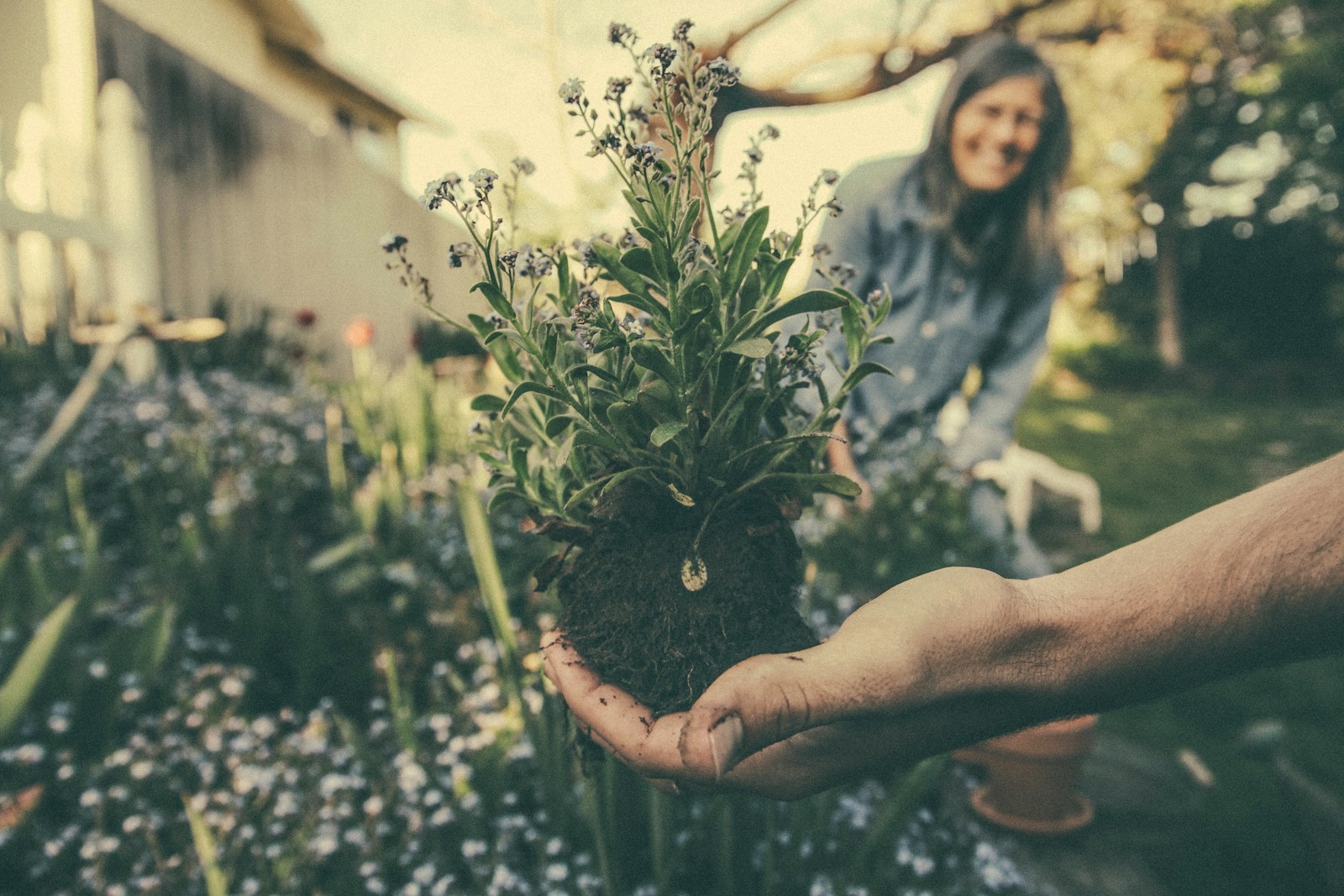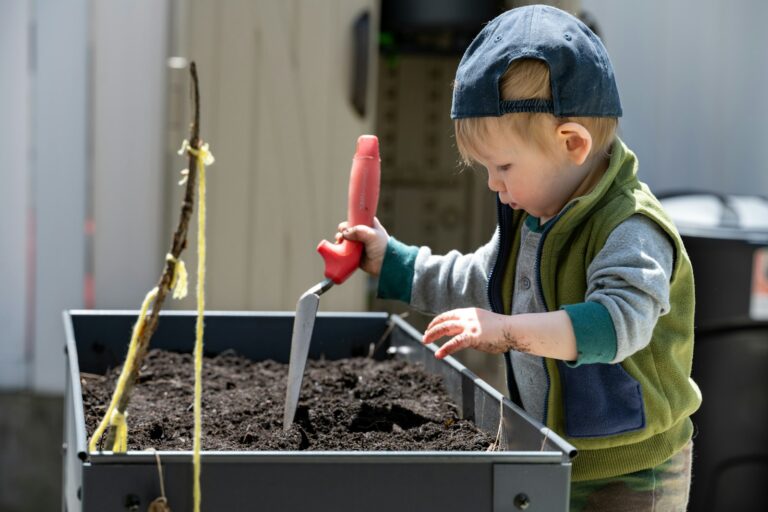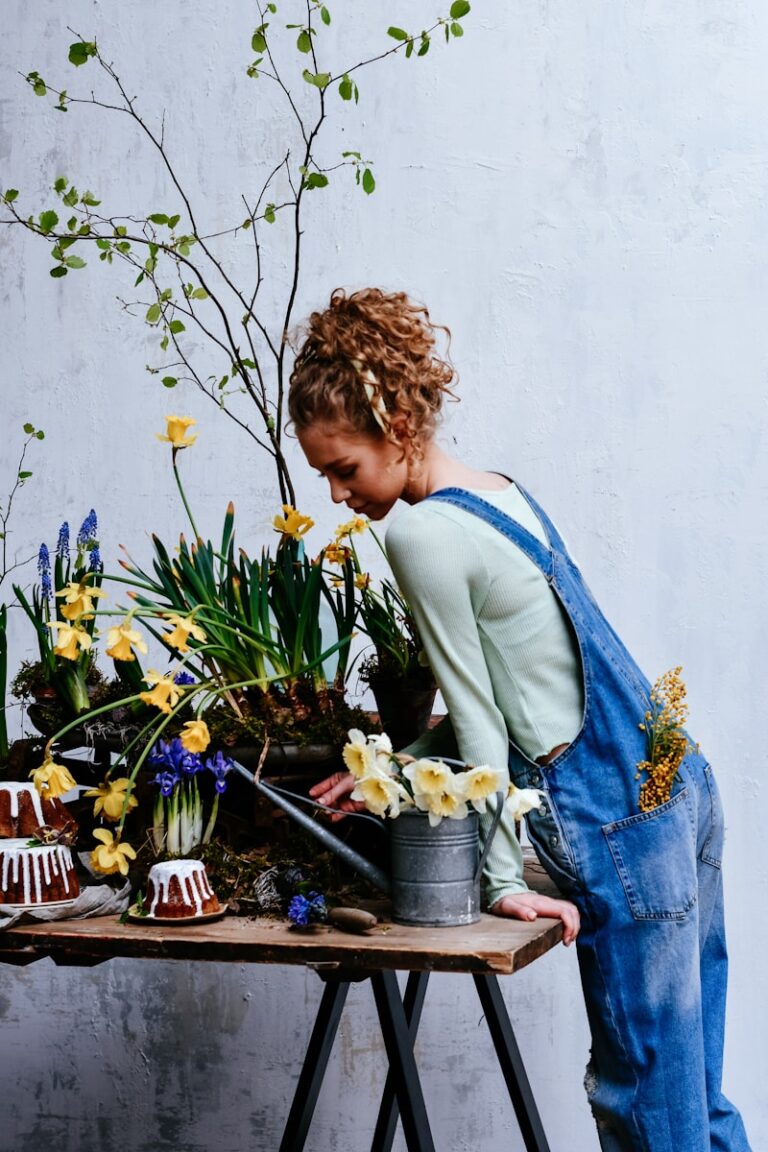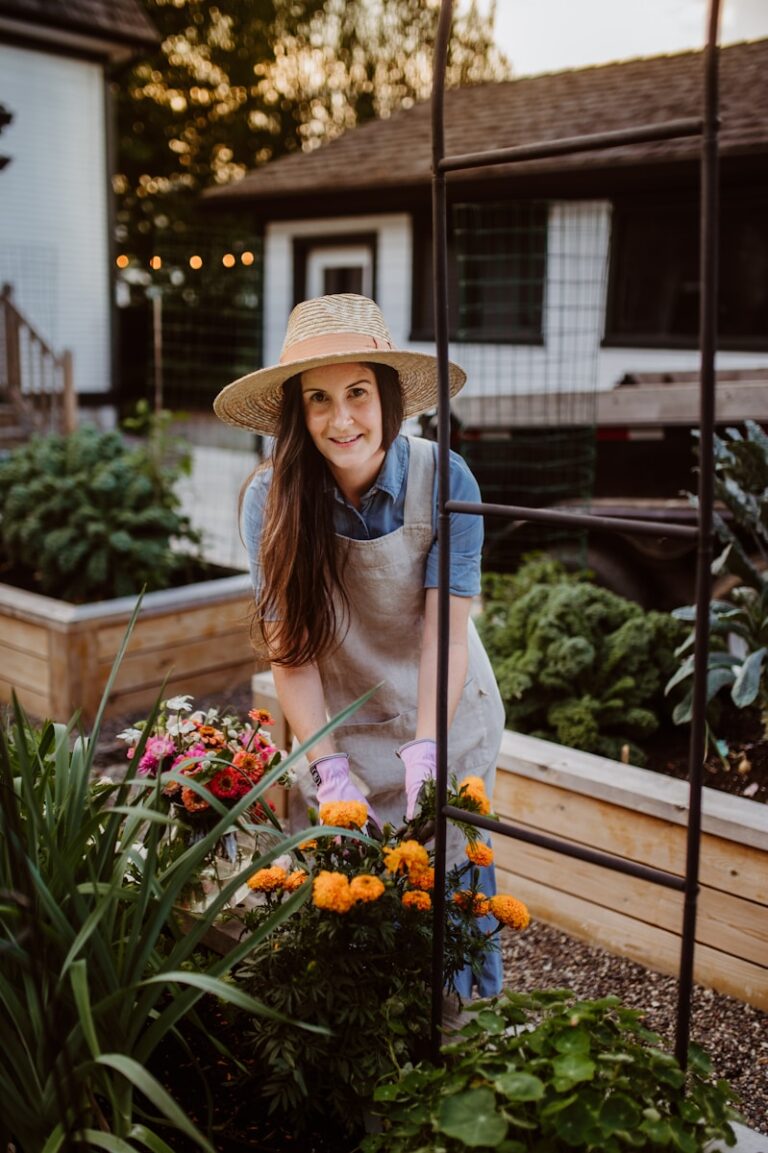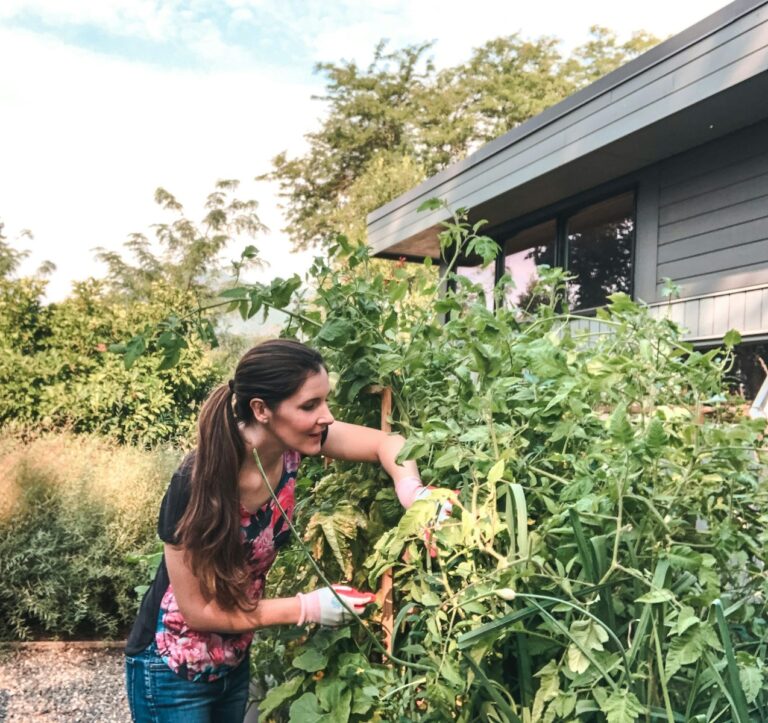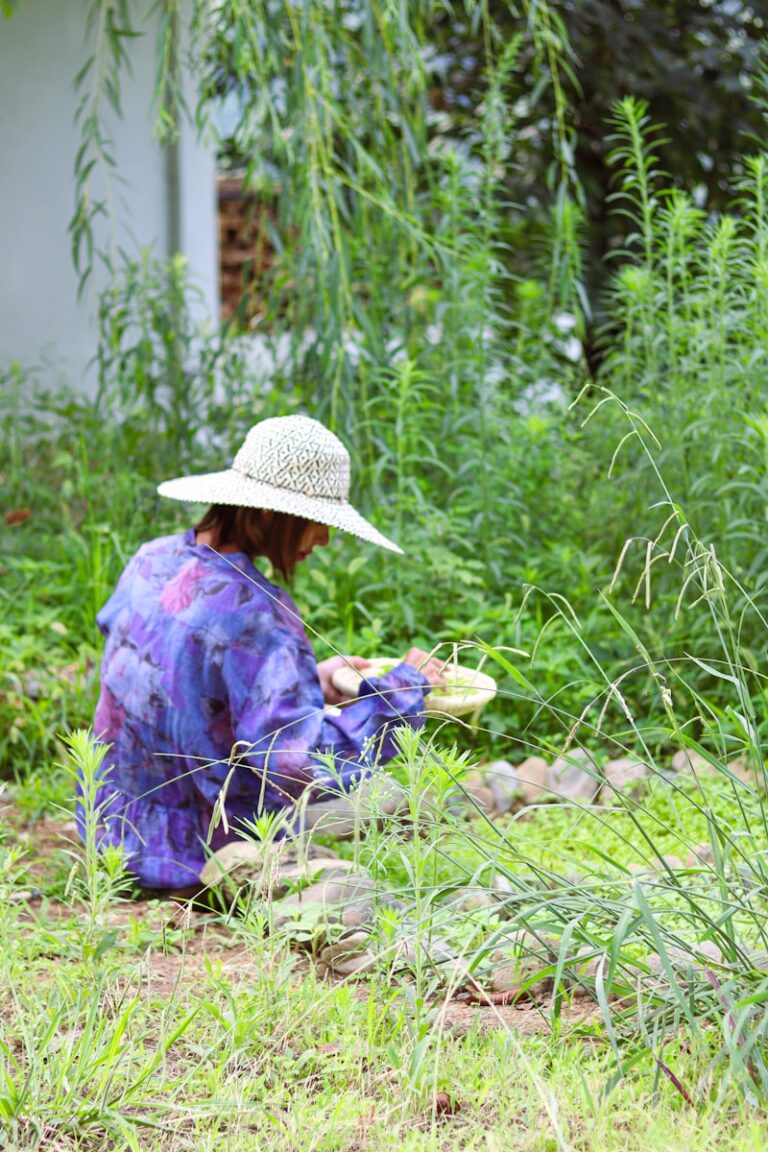How to Tell If Your Soil Is Dead And Fix It Naturally For Lush, Thriving Gardens
Ever find yourself frustrated because your plants just won’t grow, no matter how much you water or care for them? Sometimes, the problem isn’t your green thumb, it’s the soil beneath your feet.
Soil can lose its spark, becoming lifeless and struggling to support healthy plants.
Check soil texture, if it’s hard and compacted, it might be dead!
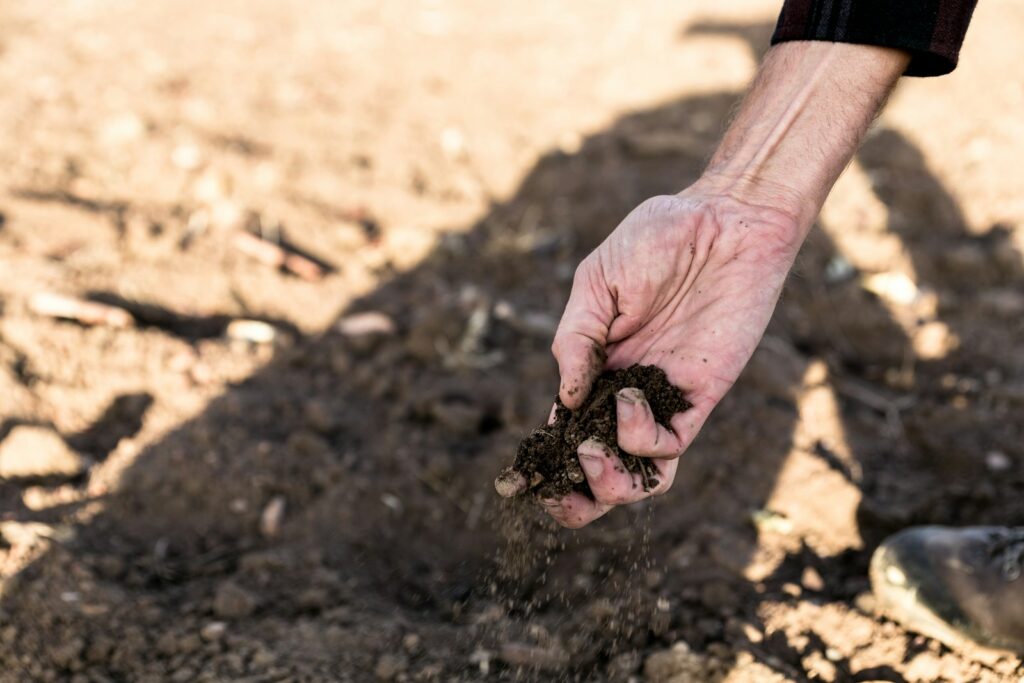
Grab a handful of your soil and give it a squeeze. If it feels hard and packed, that’s a red flag.
Compacted soil blocks air, water, and roots from moving freely. Your plants end up struggling to get what they need.
Water might run off the surface instead of soaking in. Even after watering, your plants can stay thirsty.
Crumbly, loose soil is what you want to feel. This type of soil lets roots breathe, water seep in, and microbes thrive.
If your soil is too hard, try adding compost or mulch. These help loosen things up and invite life back underground.
Look for poor plant growth or yellowing leaves as a sign of dead soil
Noticed your plants looking sad, growing slowly, or not growing at all? The soil could be to blame.
Yellow leaves are often one of the first things you’ll see. This usually means your plants aren’t getting enough minerals from the soil.
The problem might be unhealthy or dry soil. Sometimes, too much water washes away nutrients and causes the same yellowing.
If your plants look weak, drop leaves, or don’t perk up after watering, your soil may need some TLC. Plants are good at letting you know when something’s off underground.
Test for low earthworm activity; healthy soil teems with these creatures!
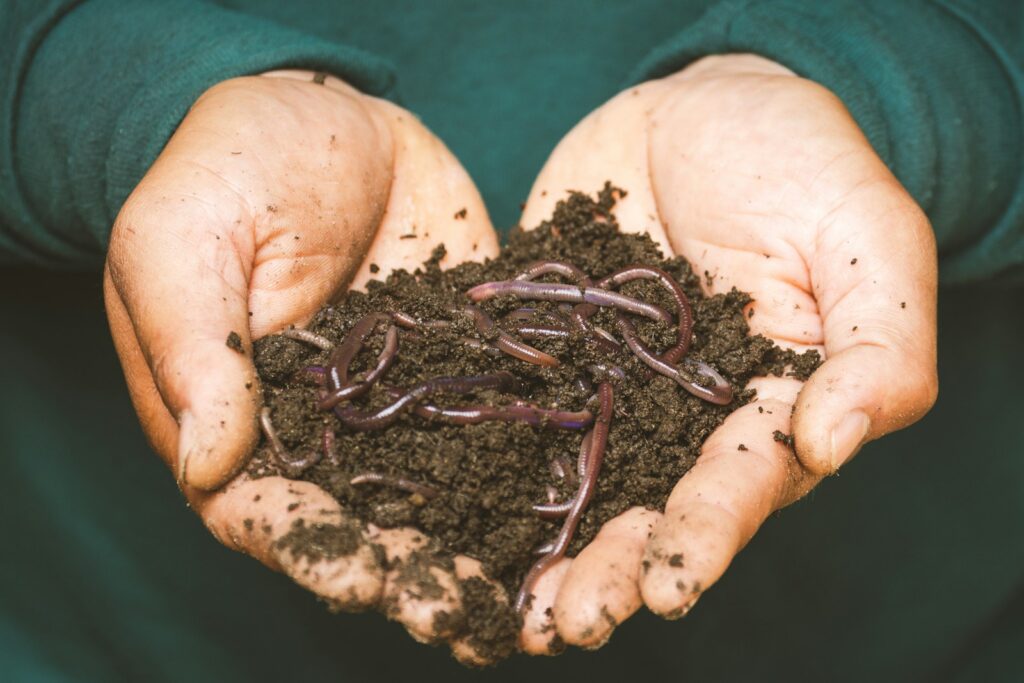
Earthworms are like tiny gardeners working for you around the clock. Healthy soil is full of them.
Dig a small hole and see if you spot any worms. If you find none or very few, your soil could be lacking life.
Earthworms break down organic matter and mix nutrients into the soil. Their tunnels help air and water reach plant roots.
You can encourage earthworms by adding compost and mulch. These create a welcoming environment and plenty of food for them.
Perform a soil pH test, extreme pH levels can kill soil life.
The pH level of your soil can make or break your garden. Too high or too low, and helpful microbes and worms can’t survive.
Use a simple test kit or household items to check your soil’s pH. This quick step shows if your soil is too acidic or too alkaline.
If the pH is off, add lime for acidic soil or compost for alkaline soil. Balancing pH helps bring soil life back and supports healthy plants.
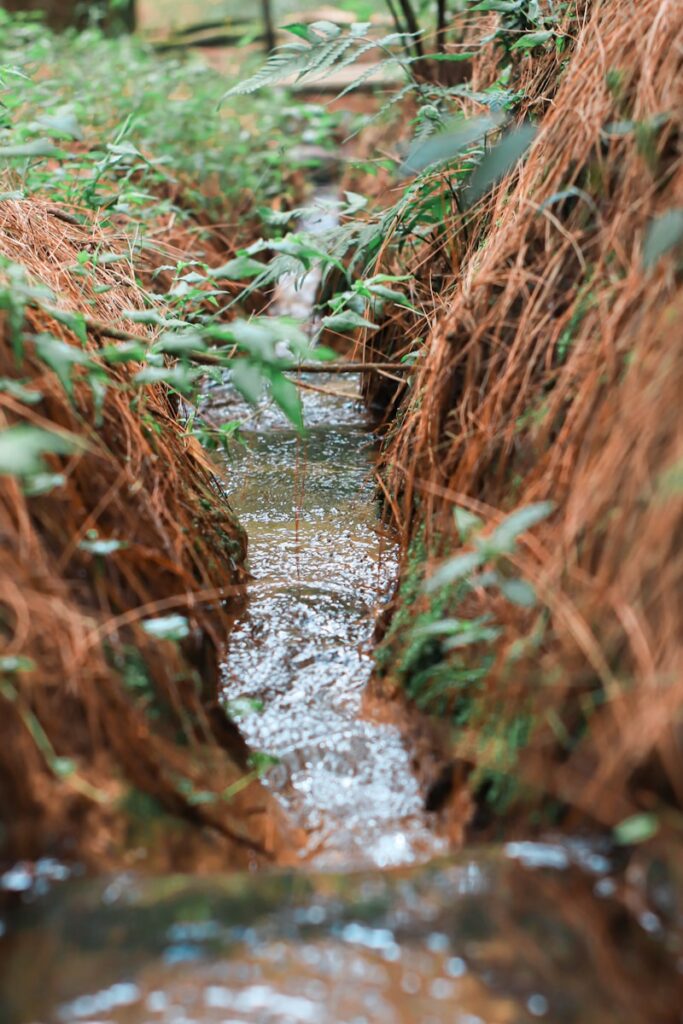
Watch how water behaves after you water your garden or after it rains. If water sits on top for ages, your soil might be too soggy.
Plants need air at their roots, and soggy soil cuts off that supply. On the flip side, if water disappears right away and the soil dries out fast, that’s another issue.
Dig a small hole, fill it with water, and time how long it takes to drain. Slow drainage suggests compacted soil, while fast drainage points to sandy, nutrient-poor soil.
Adding compost can help balance moisture. It improves drainage in soggy spots and helps dry soil hold onto water better.
Smell the soil, dead soil often lacks the fresh, earthy aroma of healthy dirt.
Get close and take a whiff of your soil. Healthy soil smells earthy and fresh, almost like the forest after rain.
If you can’t smell anything, your soil might be missing the microbes and fungi that keep it alive. Sometimes soil can even smell sour or chemical-like, which usually means there’s a problem.
The smell test is a quick way to check on your soil’s health. Trust your nose to tell you when your dirt needs attention.
Add homemade compost to revive nutrients naturally!
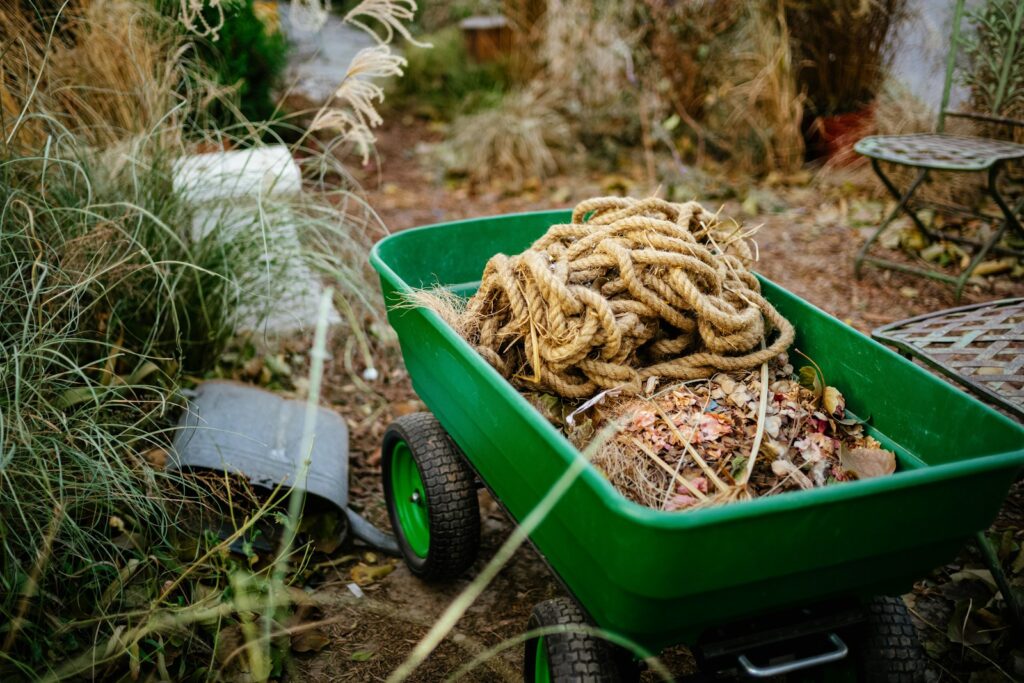
Homemade compost is one of the best things you can give your soil. It’s packed with organic matter that feeds helpful microbes.
Start a compost pile with kitchen scraps like veggie peels, coffee grounds, and eggshells. Over time, you’ll have rich, dark compost to mix into your soil.
Compost loosens tight dirt and improves drainage. It also adds nutrients slowly, keeping your garden healthy for the long haul.
You’ll notice your garden coming back to life as you build up the soil with compost. It’s a rewarding way to boost plant growth naturally.
Use cover crops like clover or rye to enrich and protect soil
Cover crops like clover or rye can work wonders for tired soil. These plants grow fast and act as a protective blanket.
They stop erosion and keep soil from washing away during heavy rain. Clover also adds nitrogen, an important nutrient for plants.
When cover crops die or get turned into the soil, they break down and feed the earth with organic matter. Their roots keep soil loose and ready for planting next season.
Planting cover crops is a low-effort way to keep your soil healthy year-round. It makes gardening easier and more productive.
Mulch your garden to retain moisture and promote beneficial microorganisms
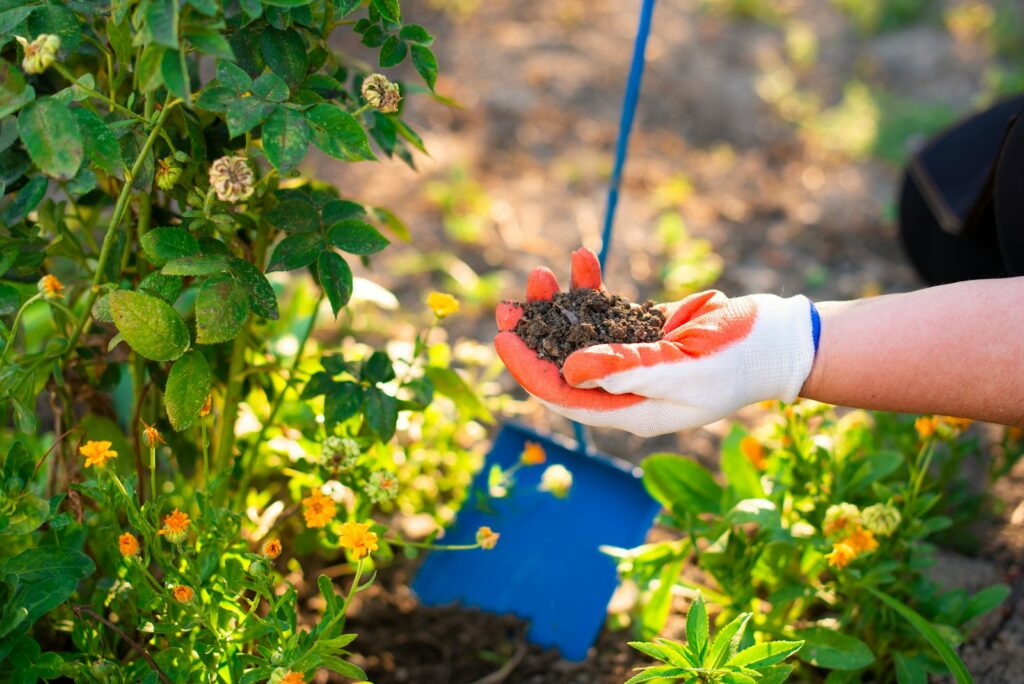
A layer of mulch can make a world of difference for your garden. Mulch keeps moisture in the soil, helping plants stay hydrated.
It also protects soil from temperature swings, creating a cozy home for beneficial microbes. These tiny helpers break down organic matter and release nutrients.
You can use leaves, wood chips, or straw as mulch. As they decompose, they feed the good organisms in your soil.
Mulch also keeps weeds down, so your plants don’t have to fight for water and nutrients. It’s a simple, natural step to revive your soil.
Incorporate organic matter like leaf mold to boost soil life dramatically
Adding organic matter is one of the easiest ways to bring soil back to life. Leaf mold, made from decomposed leaves, is especially effective.
Mix leaf mold into your soil to improve its structure. It helps water soak in and keeps moisture available for plants.
Leaf mold also creates a great environment for worms and microbes. These creatures turn nutrients into food for your plants.
Recycling fallen leaves into leaf mold is simple and sustainable. Your soil will become softer, darker, and better at holding nutrients.
Understanding What Makes Soil “Dead”
Soil can lose its ability to support healthy plants for many reasons. When the balance of nutrients, organic matter, and life breaks down, the soil becomes tired.
The Science Behind Healthy Soil

Healthy soil is bustling with life. Bacteria, fungi, and earthworms work together to break down dead plants and animals, creating nutrients for your garden.
A good mix of minerals, organic matter, and air spaces is key. These air pockets hold oxygen that roots and soil life need.
Water should move easily through healthy soil without pooling or draining too quickly. This balance helps roots grow deep and strong.
Common Causes of Soil Depletion
Soil can become depleted by overusing chemicals like fertilizers and pesticides, which harm good microbes.
Heavy digging or farming without adding compost or mulch drains the soil of nutrients. Erosion from wind and rain strips away the topsoil, where most nutrients are found.
Compacted soil keeps air and water from reaching roots. Pollution and planting the same crops year after year also reduce soil health.
Restoring Soil Vitality Naturally
Bringing your soil back to life is all about boosting the living organisms in it and adding healthy organic material.
Both steps improve soil structure, nutrient levels, and water retention.
Harnessing Microbial Activity
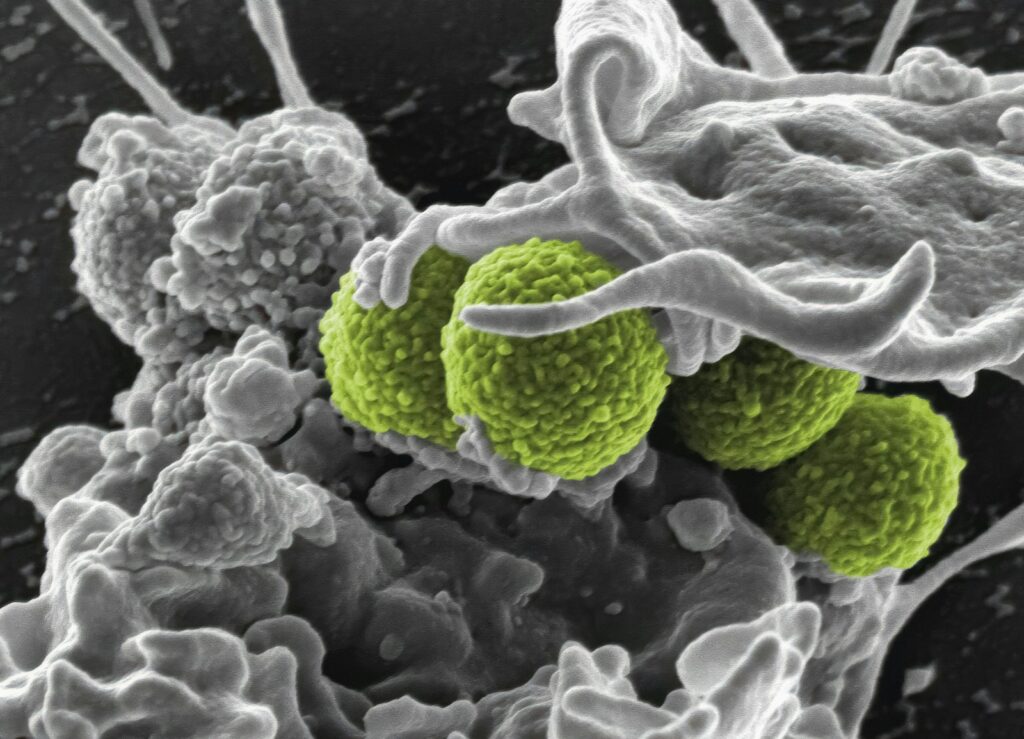
Microbes like bacteria and fungi are essential for healthy soil. They break down organic matter into nutrients for your plants.
Add compost or worm castings to bring beneficial microbes back. Avoid chemical fertilizers, as they can harm these tiny helpers.
Keep soil moist but not soggy, and use mulch to protect microbes from harsh conditions. Over time, these small changes will help your soil recover and support thriving plants.
Building Organic Matter
If your garden soil feels lifeless, there’s hope for bringing it back. Mixing in compost, aged manure, or shredded leaves can make a real difference.
Organic matter gives soil life by feeding helpful microbes. It also creates space for air and water to reach roots.
Try spreading a two to three inch layer of compost over your garden bed. Work it into the top few inches of soil with a garden fork or tiller.
Planting cover crops like clover or rye during the off-season can help too. When you turn these plants back into the soil, they break down and boost organic content.
This approach keeps soil healthy and thriving without needing to buy extra products.

